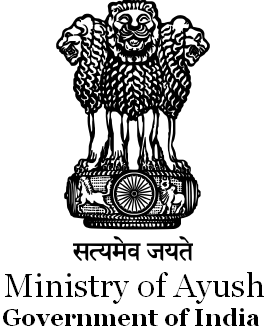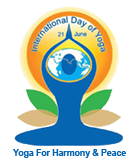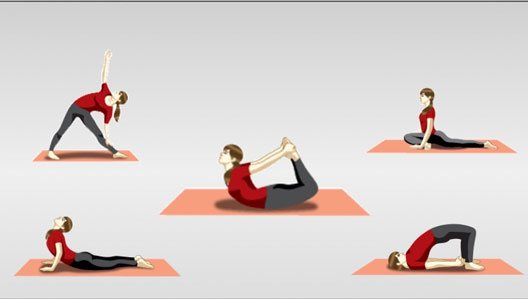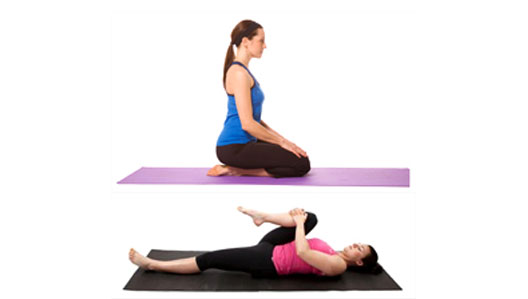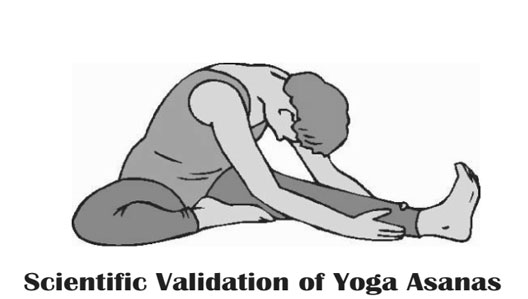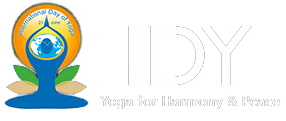4 Ways Meditation Increases your Productivity and Wellness
2020-06-01
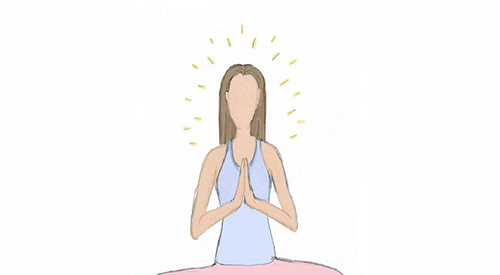
What affects your health? Is it stress, or unhealthy food habits? Well! There are a lot of reasons that manifest an individual to deteriorated health. Unhealthy food habits, physical inactivity, wrong body posture, disturbed biological clock, signs of stress, and anxiety all play an important role in affecting our health. Engaging in meditation session can help move you into space where you’re better able to handle such circumstances. The process may result in enhanced physical and emotional well-being and provides a deep state of relaxation and a peaceful mind.
So What is Meditation:
Meditation is a training in awareness and attention by focusing or just becoming aware of an object, thought or activity. To simply put it Meditation is a “Restful sleep with awareness”. I.e. Meditation leads to a calm state of mind(1).
Types of Meditation:
Based on how we go into meditation there are two main types “Focusing meditation” and “Open monitoring” meditation. Vipassana, Zen, and Qigong are examples of focusing meditation while mindfulness and kriya yoga meditation are examples of open monitoring. Transcending in between these two is Transcendental meditation(2).
How Meditation helps increase your productivity and wellness!
Stress at workplace due to increased workload, interpersonal relationship, expectations, dissatisfaction with work etc. can lead to psychosocial stress and stress related health disorders if not tackled in the long run. Anxiety, Depression, repetitive stress injuries like neck pain, back pain, headaches, sickness absenteeism are some of the consequences of maladaptive response to stress(3). Numerous research studies have proven various health benefits associated with the practice of meditation. These include stress reduction, decreased anxiety, and depression, reduction in pain, improved memory, reduced sickness absenteeism and increased productivity at workplace.Thus, practicing meditation can contribute to overall health and well-being and increased work efficiency.
4 ways meditation increases your productivity and wellness:
Stress is the major factor behind decreased productivity and overall health of an individual and practicing Meditation can help overcome it. Meditation is a group of practices that train attention and awareness, usually with the aim to foster psychological and spiritual well-being. Meditation is an act of continuous contemplation that trains the mind and brings it under greater voluntary control, by directing them in beneficial ways.
- Meditation helps combat stress and related disorders: People exposed to psychological stressors are found with higher levels of inflammatory mediators. Practicing meditation helps reduce these inflammatory responses. Mindfulness practices lower the activity in our amygdala and promote connections between the amygdala and the prefrontal cortex. Thus helps the brain to be less reactive to stressors and recover better from stress (4).
- While asana is an exercise for the body Meditation is an exercise for the brain. Meditation increases blood flow to vital areas of the brain and improves its functioning.
- The grey matter of the brain which contains neurons exhibits a considerable decrease with Ageing. In such case, practicing meditation promotes the growth of grey matter in the brain. Imaging studies have shown meditation to increase grey matter density.
- Meditation decreases sympathetic overstimulation and reduces cholesterol levels. It helps increase exercise tolerance, reduce anxiety and enhance maximal workload in an individual.This is achieved by relaxation response(5).
How to perform Meditation?
Dhyāna or meditation is an act of continuous contemplation.
- Sthiti: Sit in any comfortable posture. Preferably keep your spine straight.
Technique:
- Sit in any comfortable posture.
- Keep your spine comfortably erect.
- Adopt Jnāna mudra or Dhyana mudra.
- Touch the tip of the thumb to the tip of the index finger, forming a circle.
- The other three fingers are straight and relaxed.
- Ensure all three fingers are side-by side and touching.
- Keep your palms facing upwards upon the thighs.
- Arms and shoulders should be loose and relaxed. Close your eyes and sit with a slightly upturned face.
- You need not concentrate.
- Just maintain a mild focus between the eyebrows and be conscious of your breath.
- Dissolve your thoughts and try to attain single and pure thought. Meditate.
Note:
- For beginners, soothing music may be played in the background during meditation.
- Stay as long as you can.
Five minutes of meditation done at a quiet place is enough to start within the house or outdoor where there are no people passing by and should be ventilated.
It is healthy to meditate early in the morning or late at night as the atmosphere is more peaceful at these times. It’s important to always meditate at the same time every day. This generates balance and helps to incorporate meditation as part of your life.
References
- Valentine ER, Sweet PLG. Meditation and attention: A comparison of the effects of concentrative and mindfulness meditation on sustained attention. Ment Health Relig Cult. 1999 May;2(1):59–70.
- Marlatt G, Kristeller J. Mindfulness and meditation. 1999;
- Higgins EM. Workplace stress: Etiology and consequences Article in Journal of Workplace Behavioral Health. researchgate.net. 2005;21(2):89–97.
- Therapies SH-A and C, 2010 undefined. Health benefits of meditation: What the newest research shows. liebertpub.com.
- Review MD-CP, 1985 undefined. Meditation and anxiety reduction: A literature review. Elsevier.

